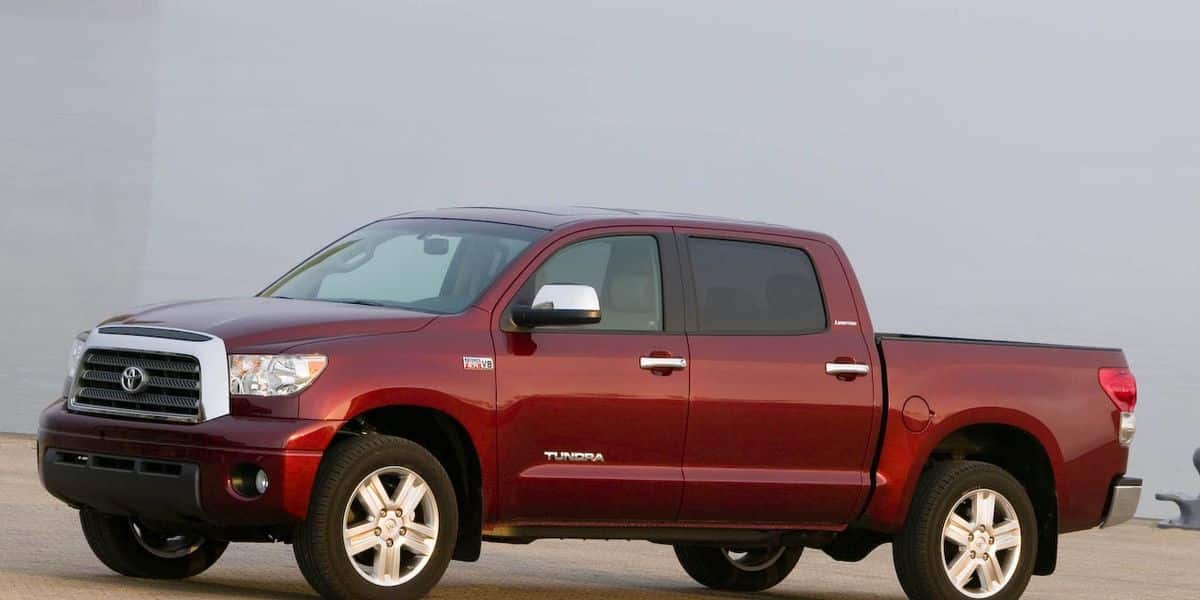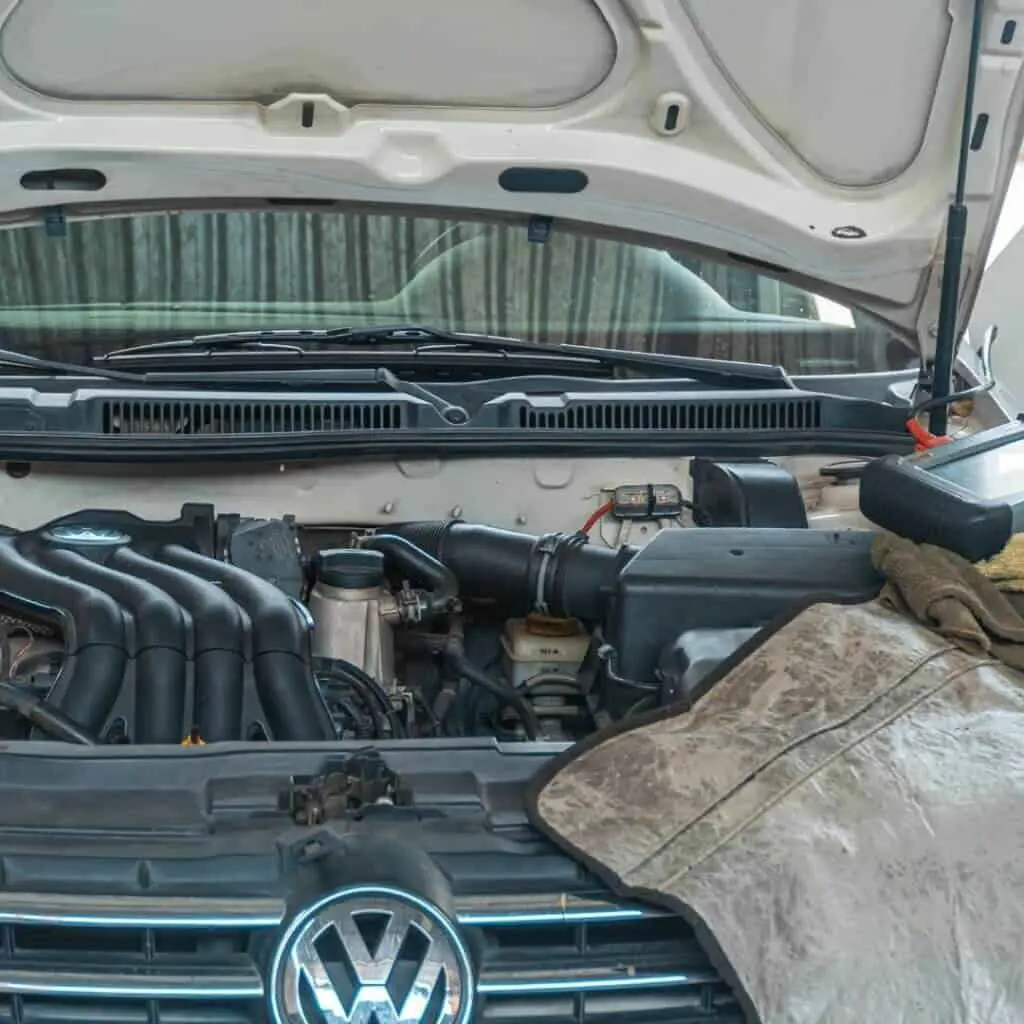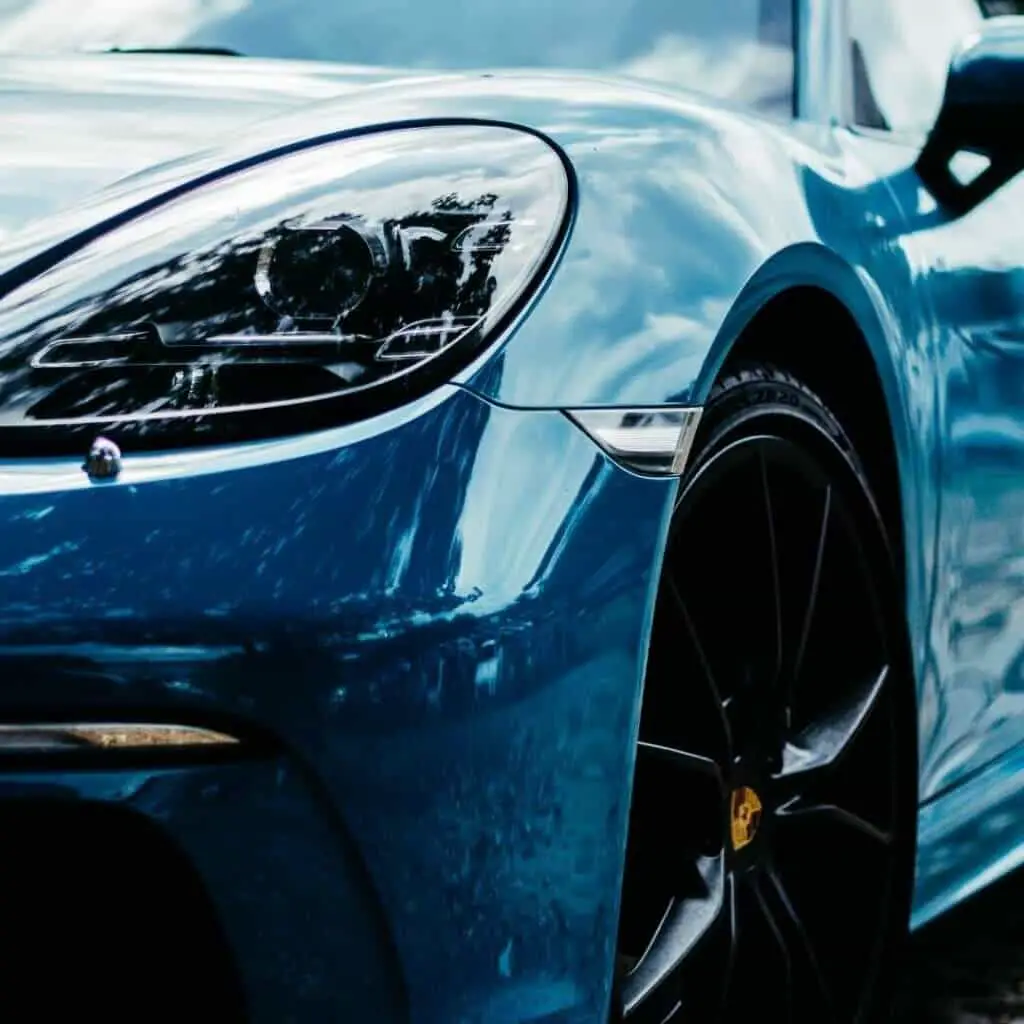What are the most common Toyota Tundra problems?
The Toyota Tundra is crafted to provide all of your trucking needs. It is an impressive performer on the pavement and off-road, and occupants can enjoy a spacious and comfortable cabin.
The manufacturers claim that it is ‘engineered for adventure’ but many owners are finding more ‘adventure’ than they signed up for. Toyota has a reputation for being a manufacturer of high-quality and high-value vehicles.
However, perfection is not something that the Toyota Tundra has managed to attain- at least not yet. The Tundra may be one of the best pickup trucks in the market but it does have its few drawbacks.
It’s not out of place to know about Toyota Tundra problems before you opt for either an old or a new variant. Let’s take a look at some major problems and a few solutions.
Toyota Tundra Problems

- Cracked Exhaust Manifold
The most common Toyota Tundra problem is a ticking noise from a failed exhaust manifold. More than 260 people have reported this problem across 13 different years. This is specific for the models with a V8 engine.
The Toyota Tundra has a V-shaped engine. It has one exhaust manifold running from both sides of the engine, down by the wheel well, and back to the exhaust pipes. The most common mode of failure of the exhaust manifold is by cracking.
A leaking exhaust manifold will sound like an exhaust leak for those who know the sound to look out for. But, it can also present as an audible ticking noise.
If the engine is cold or idle, the sound will be more pronounced. This may partly be because the manifold expands and seals the cracks when heated.
But it can also be caused by a camshaft tower seal leaking onto the exhaust or poor quality control during the sealing of the exhaust system. This cracked manifold will also cause an increase in fuel consumption.
Even though this issue has been reported by drivers at as low as 5k miles, the average mileage for the ticking noise is around 95k. The exhaust manifold may need replacing or you could only need to replace the exhaust manifold gasket. [1]
If the manifold cracks, you’ll see a check engine light. You’ll also have an exhaust leak in front of the cabin which will make the truck unsafe to drive. Other signs include thick black smoke and loud exhaust noise.
Some safety measures to prevent this include ensuring you protect the underbody of your truck from rust. Rust can cause partial damage to the manifold and cause it to fail. The gaskets may also corrode and eventually fade.
The best solution to this problem is to have the exhaust manifold replaced. The cost ranges from $1190 to $1340. Delaying repairs may cause additional problems for your truck. [2]
It’s not recommended to replace the exhaust manifold yourself at home because the manifold is bolted to the engine and the amount of heat produced means that the bolts rust tightly in place. Breaking one of these bolts off can get expensive very quickly.
- Wheel Hub Bearing Wear
The wheel bearing is the component located in the middle of the wheel, around which the wheel turns as the car moves. Without wheel bearings, the wheel would be rubbing directly against the suspension as the vehicle is moving.
Many drivers have complained of problems with the front end of their second-generation Tundras. This may be because the Tundras are poorly built or because the front-end components wear out over time.
You can test your vehicle’s bearing by jacking up your truck and checking if you can rock the tire back and forth.
A worn wheel bearing will click as it rocks. If you spin the tire, you may also be able to hear the bearing. If you have one wheel bearing going bad, you should replace both.
- Front Suspension Lower Ball Joint Wear
The lower ball joints in some Tundras are more likely to wear faster than normal. The ball joint connects the wheels to the steering. It’s also the medium that allows the drivers to steer the car effectively. With time and different terrains, the ball joints would eventually wear out.
With the Tundra, however, there is that risk that the joints will wear faster because of the improper finishing on them. This is a serious manufacturing error that has led to the recall of affected vehicles.
One of the dangers of this premature wearing is that it can cause the driver to lose control of the truck. This may be partial or complete and in a worst-case scenario, can lead to an accident.
Drivers also complained of their ball joints ‘breaking’ causing them to go off track. Car complaints gave the 2006 Tundra a 10.0 severity rating which is as bad as a car can get for a particular problem. [3]
Warning signs of this problem include difficulty in maintaining control which manifests as steering effort or significant vibration. And high-pitched sounds which get more pronounced as the problem worsens. These are all signs that it’s time to change your ball joints and Repairpal estimates the cost to be between $400-$450 including labor costs. [4]
Replacing your ball joints would require that you realign your wheels which may cost an extra $100 depending on the service provider.
- Air Injector Pump Problems
The air injection pump is an important component of a vehicle that supplies clean air for the combustion of fuel. Any malfunction of this pump will lead to incomplete combustion and increased environmental pollution.
Tundra owners have reported failures of the secondary air pump. This causes decreased fuel economy and drivability issues. Drivers might notice a check engine light if the air pump fails. While this problem can occur at any mileage, the average was 133,582. [5]
The cause of this air injection system failure is the entry of moisture into the emission control system. This causes the vehicle to go into ‘fail safe’ mode which then reduces the truck’s performance.
Repairing this system will come at a great cost. But the air injector usually gives warnings that alert you of its impending failure. Some of those signs include; check engine light, engine power loss, and rough or loud-sounding engine.
The average cost of repairing the air injection system in a normal vehicle is about $520. It costs about $1,265 to do the same in a Toyota Tundra. There have also been reports of the oxygen sensor failing which could throw the check engine light.
- Transmission Slipping
This usually occurs in models from 2000-2006 with automatic transmission. The part of the radiator that cools the automatic transmission fluid ruptures and causes a mixture of the automatic transmission fluid and engine coolant.
This mixture has a pink color hence the name, strawberry milkshake. [6]
This then causes the transmission and engine to overheat. The overheating may cause several degrees of damage to the engine. This problem, if not taken care of sooner, may require the entire transmission overhaul.
As soon as you observe this problem, change your radiator. Have your mechanic flush the engine cooling system and transmission. The cost of replacing the radiator ranges from $570 to $610. The cost for the engine coolant change is about $80-$105.
eRelated: Toyota RAV4 Problems
Other Toyota Tundra Problems
Frame corrosion is also an issue with the Toyota Tundra. It seems that Toyota may have skipped out on the rust-proofing because the built-in resistivity of the frame is not enough to withstand corrosion.
This issue has been so severe that Toyota has issued several recalls and extended warranties to address the problem. This rust issue is most common with first-generation Tundras. [7]
The 2007 model has recorded complaints of the driveshaft failing. This may also be accompanied by vibrations when the car picks up speed. The gears also make noise when changing to increase velocity or reverse
Drivers have also complained of engine problems like excessive motor oil consumption, and the engine losing power suddenly which leads to the truck losing speed and can therefore increase the chances of a rear-end collision.
Read Also: Toyota Tacoma Problems
Conclusion
Some of the most common problems with Toyota Tundra include cracked exhaust manifold, wheel hub bearing wear, front suspension lower ball joint wear, transmission slipping, and faulty air injector pump.
If you have a tundra or you’re planning to buy one, watch out for any of the signs mentioned above. If you can catch them early, you may be able to save yourself from more expenses.
Read Next: Toyota Sienta Problems




